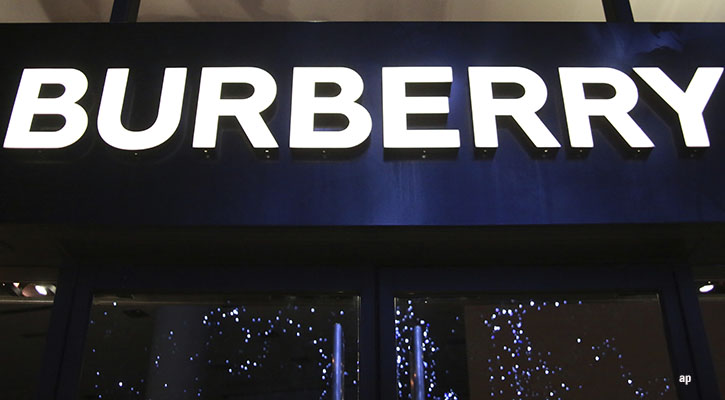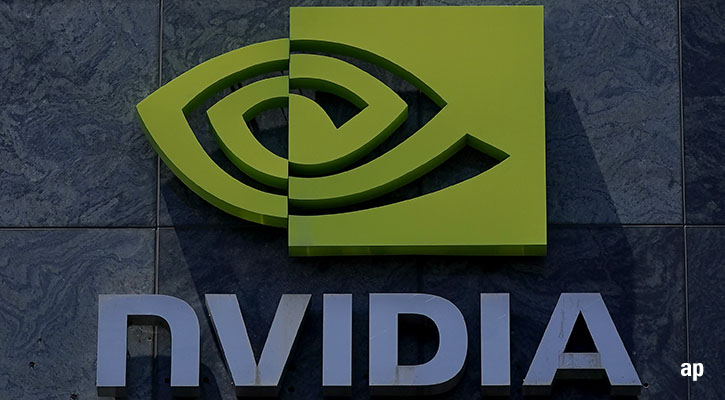BHP Billiton and Rio Tinto face as much as a year of scrutiny by regulators around the globe to get their planned iron ore joint venture up and running. Morningstar's senior resources analyst Mark Taylor gives the proposed deal a 50-50 chance of achieving regulatory approval.
BHP and Rio signed a binding agreement over the weekend detailing their $116 billion joint venture under which they would jointly produce, but separately market, iron ore in Western Australia, saving an estimated $10 billion.
"Taking into account all regulatory review processes and shareholder approvals, BHP Billiton and Rio Tinto anticipate completion of the JV in the second half of calendar year 2010," the miners said in a joint statement.
The venture, initially unveiled in June, has sparked concerns that the combination of the world's biggest iron ore producers will create a behemoth with the potential to disadvantage rivals and clients. BHP and Rio produce a combined 350 million tonnes of iron ore a year.
The two companies have said that they must get regulatory approval from the European Commission and the Australian Competition and Consumer Commission (ACCC).
Europe is key
Morningstar's Taylor said Europe's approval is key because both BHP and Rio are dual-listed in the UK and Australia. However, they'll also require approval from regulators in the US, Canada and South Africa, he said. "If they don't get approvals from the other regulators, they just won't be able to sell iron ore there but if they don't get approval from Europe, that could mess up their listings."
China has strongly criticised the move, saying the venture's price-setting power would be extraordinary. "BHP and Rio Tinto believe the net present value of these unique production and development synergies will be in excess of $10 billion," China has said.
The cost savings are expected to come from running adjacent mines as single operations; shorter rail hauls and more efficient allocation of port capacity; combing financial resources to run bigger, more capital-efficient expansion projects; and combining management, procurement and overhead.
Victoria Tait is a stock analyst with Morningstar Australia & New Zealand.























